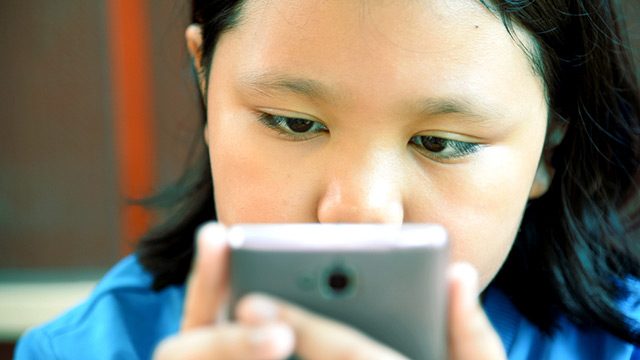SUMMARY
This is AI generated summarization, which may have errors. For context, always refer to the full article.

MANILA, Philippines – A US survey of teens aged 13 to 17 showed that technology, particularly the online worlds of social media and video gaming as well as the texting phenomenon, are now shaping how friendships are made and kept.
The Pew Internet study, which was conducted online and in in-person focus groups from 2014 and 2015, pointed out that in the US, 57% of teens have made a friend online. The study also said that 61% of boys and 52% of girls are now more likely to make online friends, with the older teens more likely to do so than younger ones.
The methods for making these new social connections: Facebook and Instagram (64%) as well as online or networked video games (36%). Girls are more likely to have met these new friends through social media, while boys were more likely to find them through video games.
Text messaging appears to have become a dominant means of connecting with friends on the day-to-day, as opposed to meeting with friends in-person. Pew Internet’s study said 88% of teens texted their friends at least occasionally, with 55% doing so daily.
Other means, from instant messages, app-based messengers and social media, to video chat and online games, are also starting to become not only the way with which friends talk to friends: it’s also slowly becoming the daily routine for maintaining friendships.
Strengthening and challenging social bonds
Social media is also playing its own role not only in introducing people to one another, but also in strengthening bonds and challenging teens through online adversity.
The study pointed out that 83% of teen social media users said social media made them “feel more connected to information about their friends’ lives.”
It also said 70% of the social-media using teens in the study were also on social media to try and better understand the feelings of their friends, while 68% of teen social media users have gotten support from people online through challenging times.
The closer a teenage social-media user is to someone, the more likely it is for phone calls to become a medium of communication with them, rather than text.
The study said 52% of teens said a phone number for calling is one of the first 3 things they would share with a new friend. Just 9%, however, said this was the first thing they would share.
With close friends, however, the numbers change. Phone calls are the second most popular method to contact close friends overall, with 69% of teens citing calls as one of their 3 choices.
Drama online
At the same time, there is also the problem that social media allows for: negative comparisons with other peoples’ lives. According to the study, 88% of teen social media users think people share too much information about themselves on social media, with 53% seeing people posting to social media about events to which they weren’t invited and 42% of social-media using teens experiencing someone posting about them on social media that they couldn’t change or control.
More importantly, 21% of teen social media users reported feeling worse about their lives because of what they see from other people online.
The study also took a look at how conflict is becoming connected to tech-based interactions. The study said 68% of teen social media users experienced drama among their friends on social media. It also said 26% of teens have had a conflict with a friend over something online, or through text messaging.
When friendship-ending drama occurs, the study also said girls who use social media or cellular phones were more likely to cut ties with others online, unfollowing them or blocking an ex-friend.
The study said 63% of girls using social media or cellphones have unfriended or unfollowed a former friend. Compared to this, 53% of teenage boys did the same.
The full 8-page report is available on Pew Internet. – Rappler.com
Asian girl using smartphone image from Shutterstock
Add a comment
How does this make you feel?
There are no comments yet. Add your comment to start the conversation.